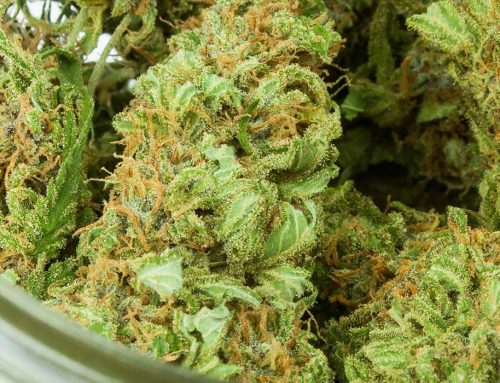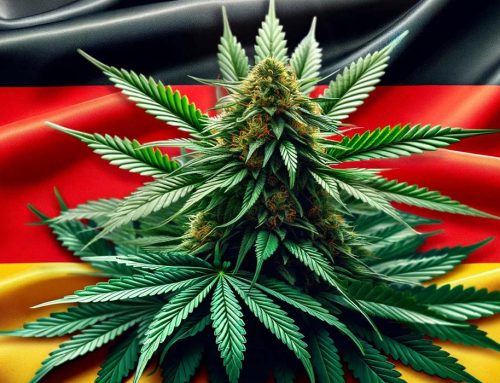A resource guide published by the Drug Enforcement Administration (DEA) in 2007 states: “No deaths from overdose of marijuana have been reported.” There are also no reports of emergency rooms overwhelmed by people made sick by too much marijuana. Reports about what is called synthetic cannabis are quite different, however.
In July, the Food and Drug Administration (FDA) issued a statement acknowledging:
[R]eports of severe illnesses and deaths resulting from the use of synthetic cannabinoid (marijuana) products that have been contaminated with brodifacoum, a very long-acting anticoagulant commonly used in rat poison. These unapproved products are being sold in convenience stores and gas stations as substitutes for marijuana under names such as “K2” and “Spice.”
News sources have joined the FDA in sounding the alarm over synthetic cannabinoids. NPR and CNN have reported on the public health threat posed by synthetic cannabinoids, which is often marketed in colorful packages at corner stores. One NPR report says that “seventy people overdosed” in one day in one city, while in the nation’s capital “more than 300 people overdosed” on synthetic cannabinoids in a “two-week period.” The NPR story goes on to tell of how synthetic cannabinoid overdoses have been occurring throughout the city, in good neighborhoods as well as bad. CNN reports of “456 cases in five years of highly toxic effects” and of a sharp increase in adverse health effects resulting from synthetic cannabinoids in recent years.
The DEA’s resource guide mentioned above confirms that “Overdose deaths have been attributed to the abuse of synthetic cannabinoids, including death by heart attack. Acute kidney injury requiring hospitalization and dialysis in several patients reportedly having smoked synthetic cannabinoids has also been reported by the Centers for Disease Control and Prevention.”
The CDC has published a Morbidity and Mortality Weekly Report on synthetic cannabinoids that offers some insight into why such a dangerous drug would find so many willing users. The report states: “Among all 456 synthetic cannabinoid intoxication cases, 322 (70.6%) occurred in persons aged 19-65 years and 125 (27.4%) occurred in persons aged 13-18 years; 379 (83.1%) patients were male.” In short, many people who try synthetic cannabinoids are young and male. According to the NPR story, many people believe synthetic cannabinoids do not show up on a drug test, although this is not exactly true. The CDC report also shows that the synthetic cannabinoid problem is most pronounced in the Northeast, where recreational marijuana remains illegal or hard to obtain, and less pronounced in the Western states, where marijuana is legal.
The CDC report also lists some of the symptoms of synthetic cannabinoid intoxication: “Agitation, coma, toxic psychosis”; “Cardiovascular Bradycardia, tachycardia”; and “Pulmonary Respiratory depression.” The NPR report adds vomiting and lethargy as symptoms.
Although the drug may be found in corner stores, it is not necessarily legal, and sometimes stores are raided and dealers arrested. A problem in enforcing the law against synthetic cannabinoids, however, is that “synthetic cannabinoids” is a generic term. “Synthetic” means “artificial,” in this case made in a laboratory rather than grown, and “cannabinoid” merely means “like” cannabis. Once one chemical compound that bears some similarity to a cannabis compound like THC is outlawed, manufacturers move on to another compound, which authorities must identify before it can be outlawed in turn. For this reason, it can be true that synthetic cannabinoids may not appear on a drug screen.
Reports indicate that synthetic cannabis is manufactured overseas, with no oversight into quality or safety. While real marijuana’s adverse health effects remain negligible, the fake laboratory version that may contain rat poison is sending waves of people to emergency rooms.
What do you think? What can be done to stop synthetic cannabis? Leave a comment below.






